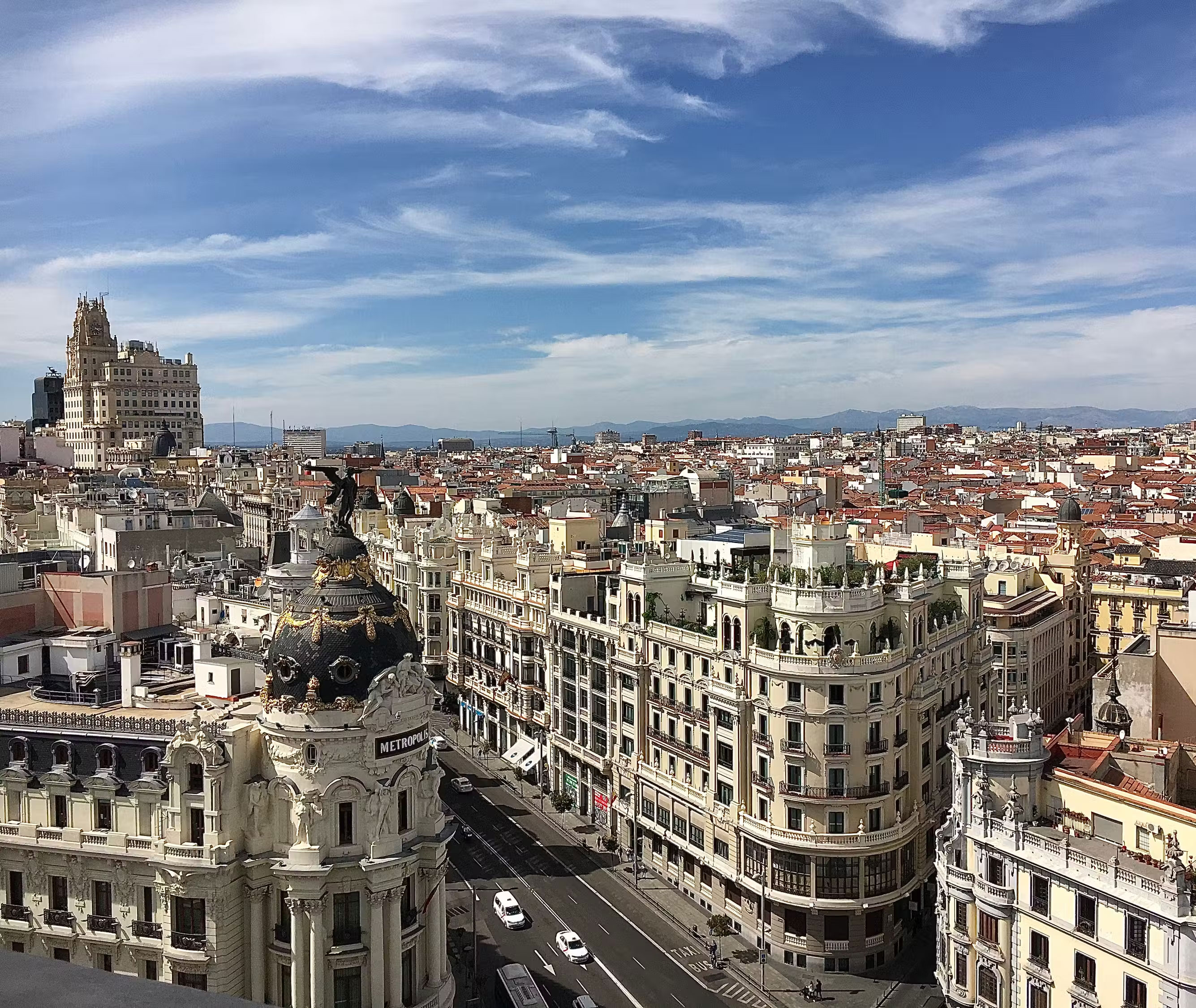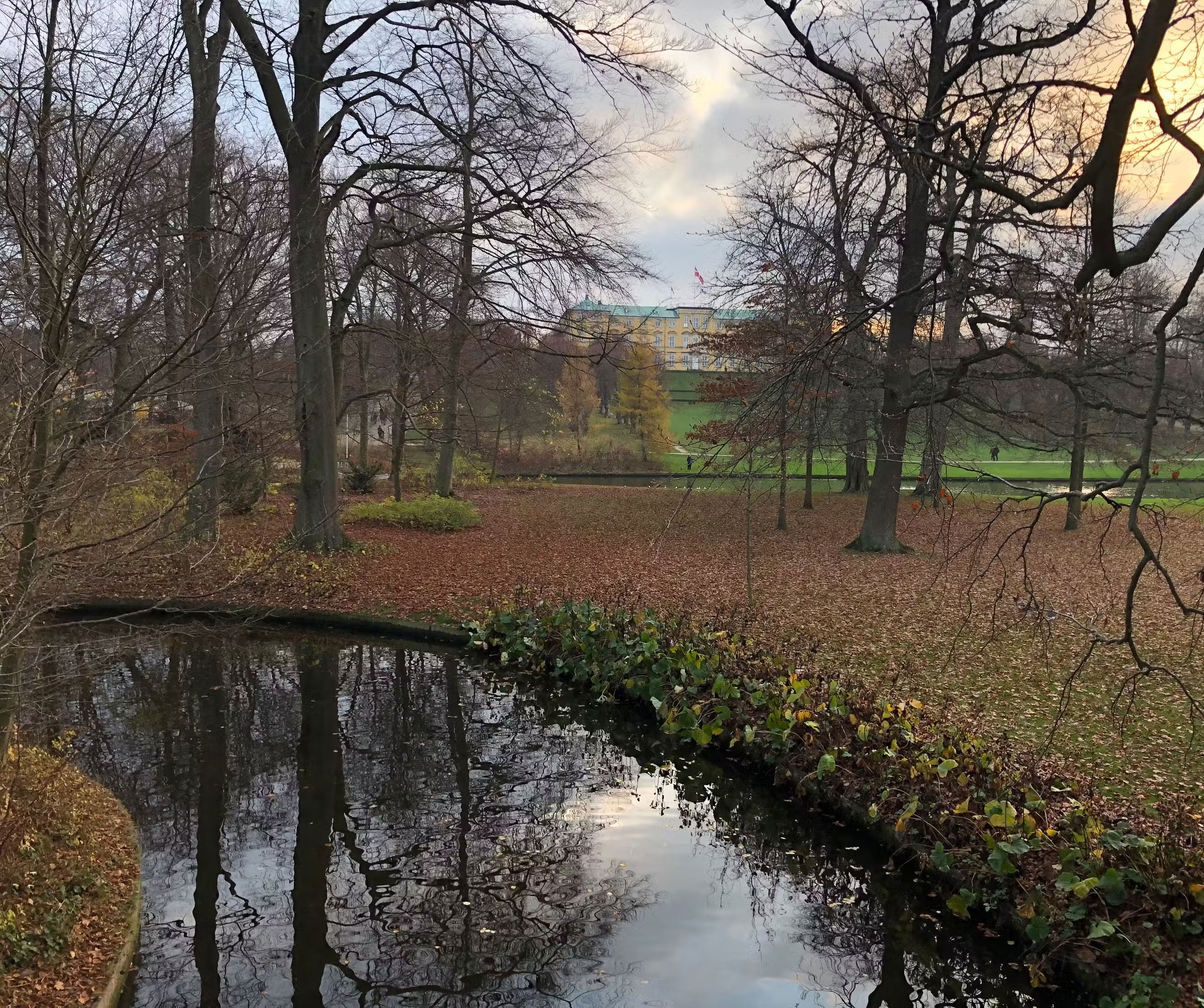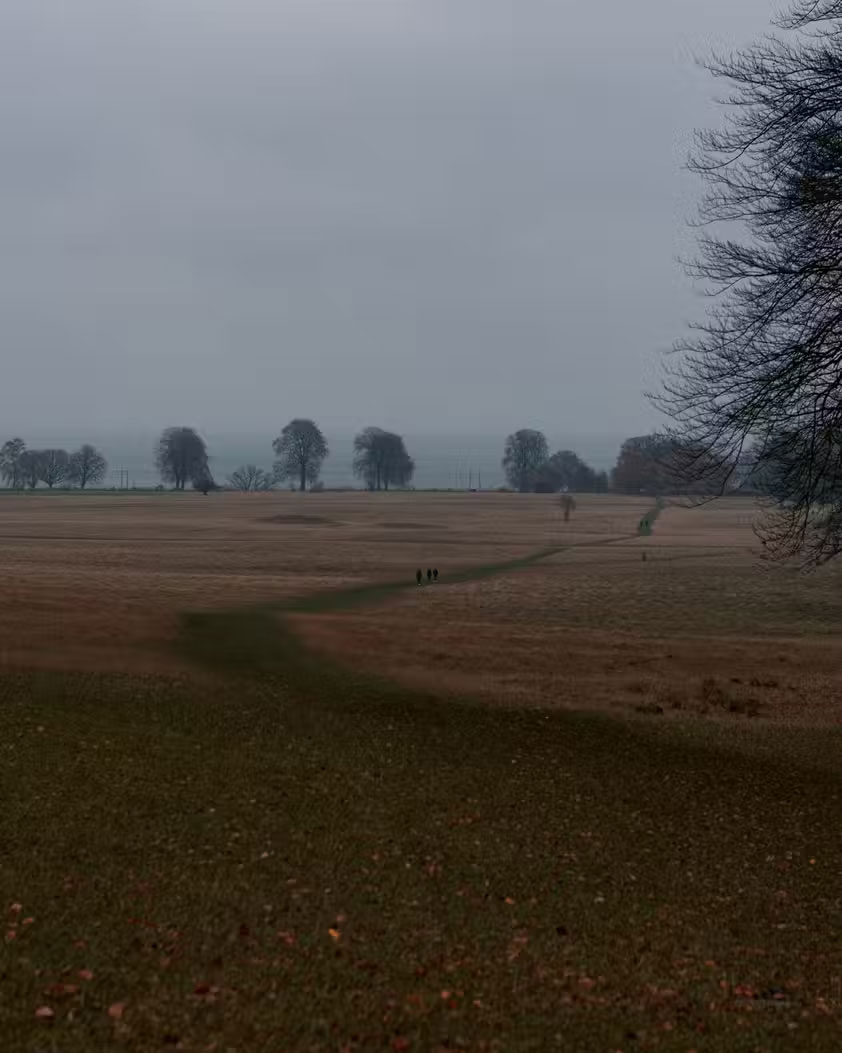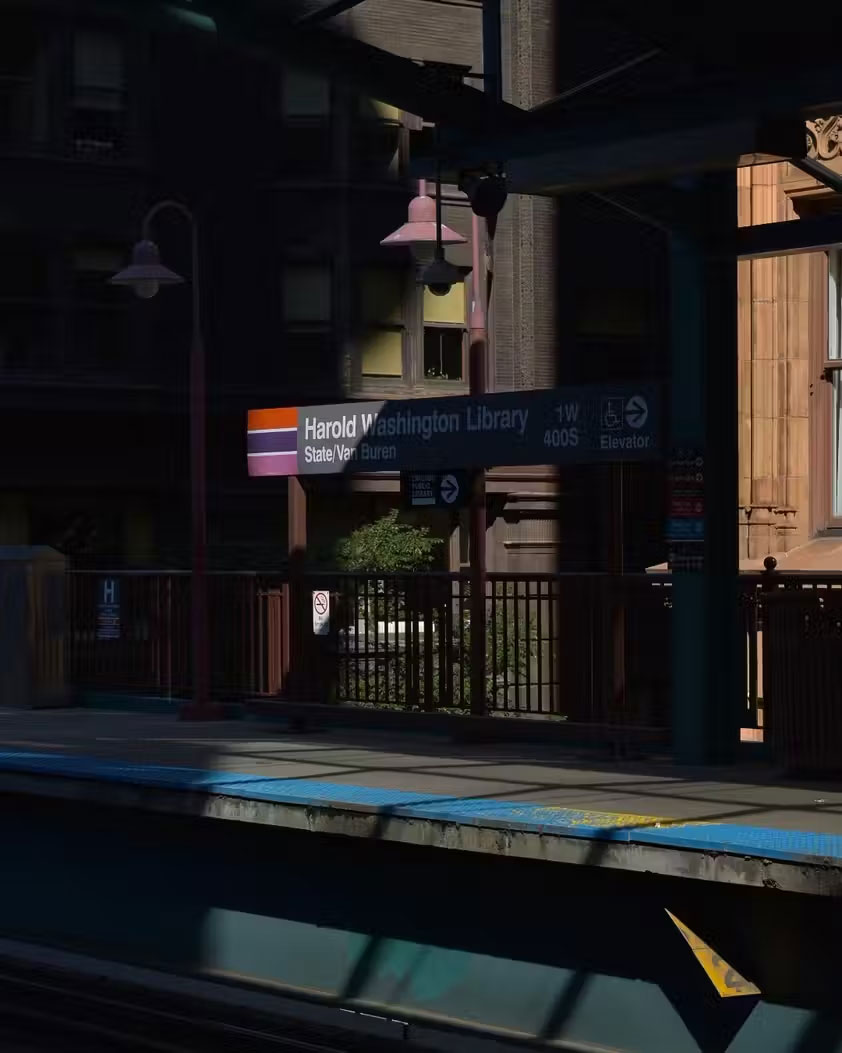7 photo editing effects you should stop overusing
Here are 7 photo editing effects you should stop overusing and why.
1. Increase the sharpness too much

Over-sharpening images or increasing clarity too much is a common mistake for all photographers. It's also something you'll definitely do even if you just casually take a photo to share on Instagram. Every time I look back at these photos, it's hard not to shudder.
The main reason people add too much sharpness to their photos is simple. The logic is that increasing sharpness will make the image look like a photo and not a drawing. You're essentially trying to make it "realistic", but the result is unfortunately counterproductive. In many cases, it's better to reduce sharpness a bit.
2. Let the saturation level be too high

Another photo editing effect you should stop using so much is adding too much saturation to your photos. Saturation is one of the essential photo editing features you should learn, so it's natural to overuse it.
Many people also pull the Vibrance slider up too far for the same reason. Adding more saturation to a photo is not a bad thing and in some cases it is necessary. But if you overdo it, the final edit will look very unnatural.
3. Blur the artificial background
Many people have seen so many great portraits online and have been inspired to create their own work. Many of these photos blur the background by changing the aperture on the lens, using Portrait Mode on the iPhone, or adding an artificial background blur effect.
The main reason you should stop using artificial background blur is because it looks too obvious. If you decide to add an artificial blur effect to your photos, consider how to quickly blur photos online
4. Apply only basic editing effects

When first learning how to edit photos, people often start by learning the basics of their editing software. Therefore, people often edit their photos without increasing things too much.
If you are new to photo editing, this stage is necessary and will reduce the learning curve. But at some point, you have to think creatively and start adopting your own unique style if you want to stand out.
If you want to speed up your learning process, check out the top fixes for common smartphone photo editing mistakes.
5. Artificial lens flare effect
Adding lens flare in the absence of light can produce results that almost always look terrible. Artificial lens flare is useful when wanting to see how a photo will look using this effect, but realistic light sources should be used. However, you should experiment with the different features the editing software has because you may find something that interests you. And at the very least, you'll learn something new about photography.
6. Low light effect


Word is spreading online that setting photo exposure at -1 can help save details and make editing easier. So it makes sense to prevent images from being blurry.
There is absolutely nothing wrong with low-light photography. However, don't overuse this effect! Please evaluate each situation and apply the effect in the most reasonable way.
7. Dreamy lighting effect
Dreamy lighting effects make your images look blurry and often significantly reduce clarity among other things. If it's sunny, the subject is often backlit. There's nothing wrong with this effect, but it's simply inappropriate in many situations. However, it's a good stepping stone to film style photography.
 These fixes help resolve CPU fan errors
These fixes help resolve CPU fan errors Chinese hybrid cars run 2,100km on just one tank of gas
Chinese hybrid cars run 2,100km on just one tank of gas Google is about to 'purge' applications on the Play Store
Google is about to 'purge' applications on the Play Store Microsoft releases a recovery tool to help repair Windows machines experiencing CrowdStrike issues
Microsoft releases a recovery tool to help repair Windows machines experiencing CrowdStrike issues 9 best free HTML editing tools for Windows 2024
9 best free HTML editing tools for Windows 2024 Discontinuing support for Windows 10 could cause large amounts of e-waste
Discontinuing support for Windows 10 could cause large amounts of e-waste